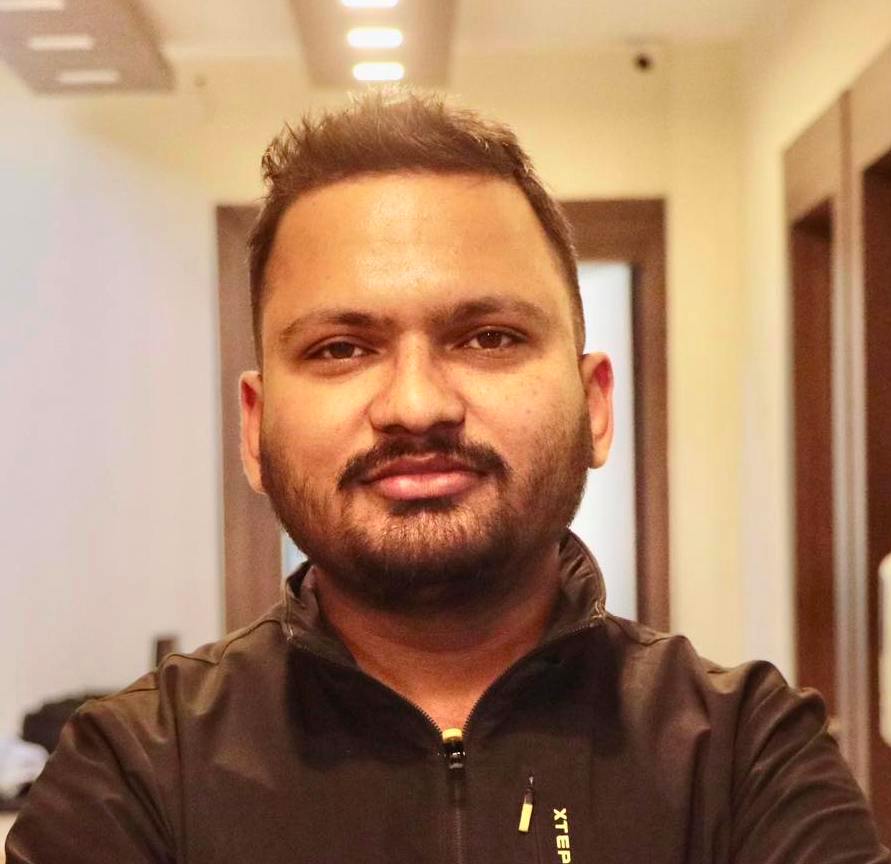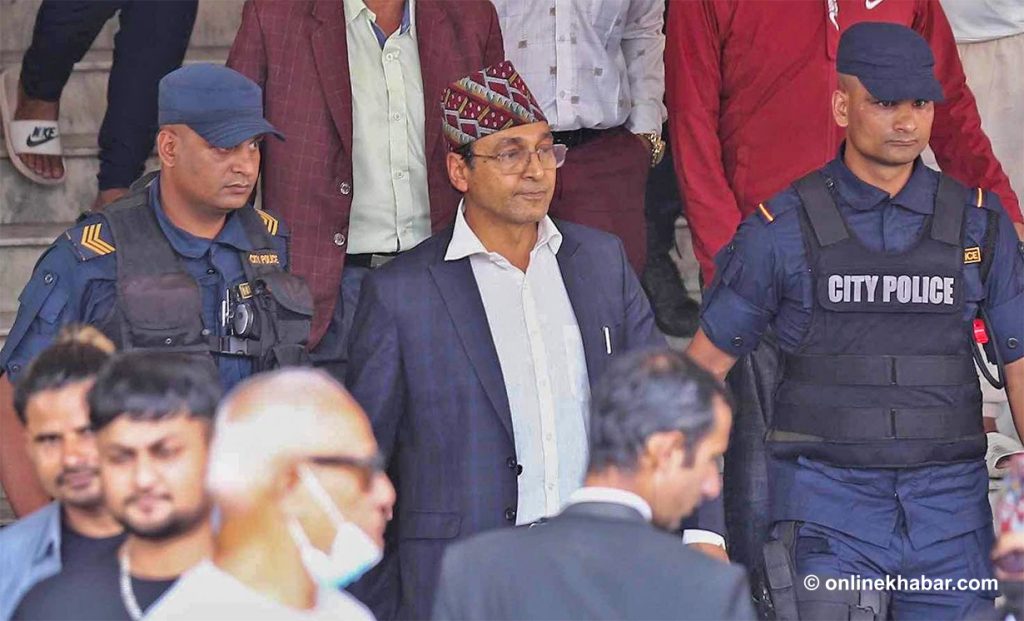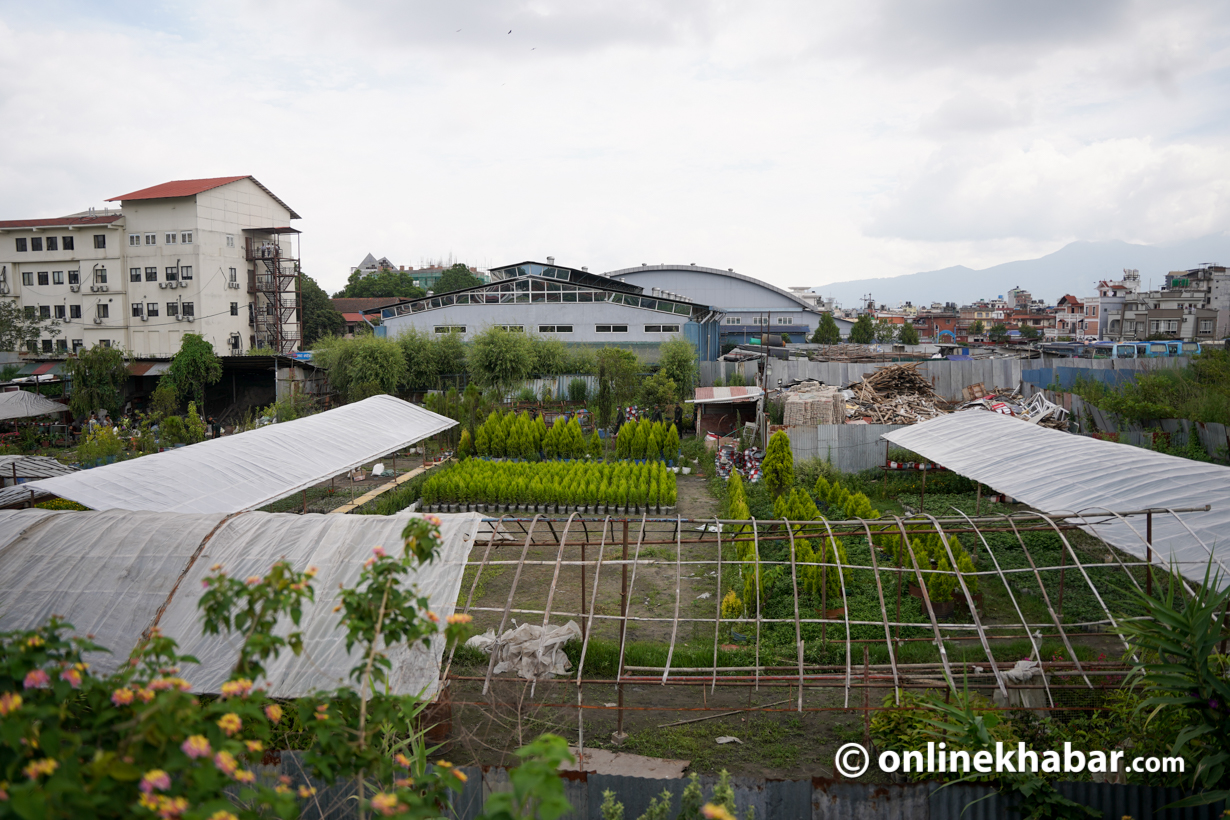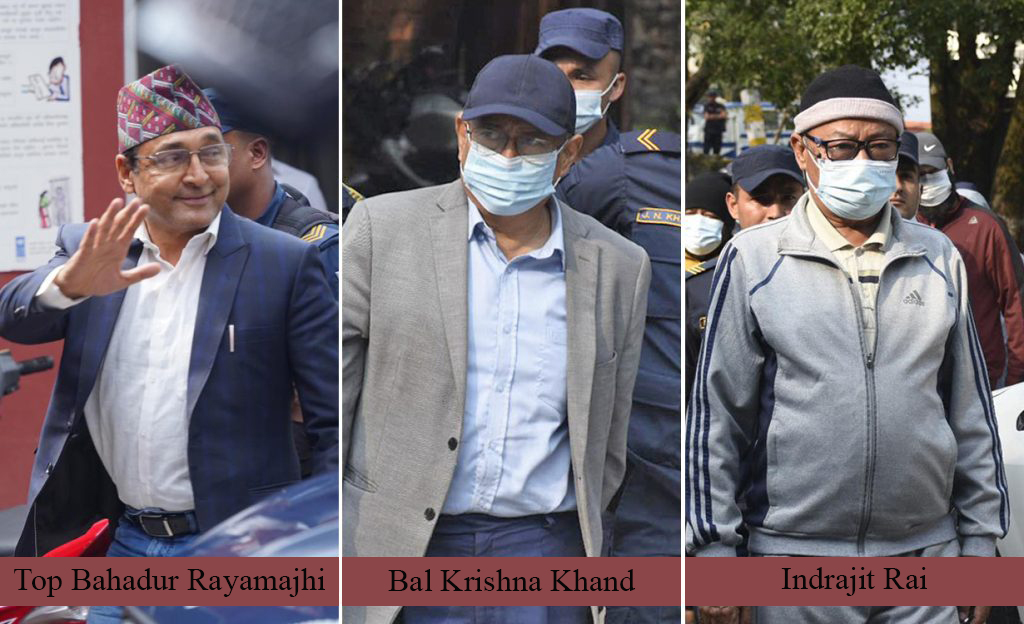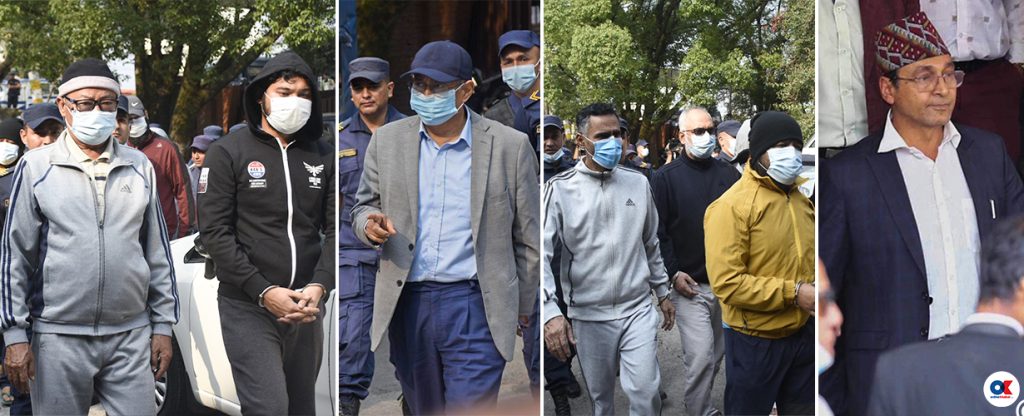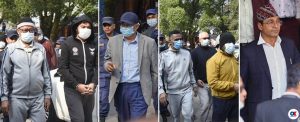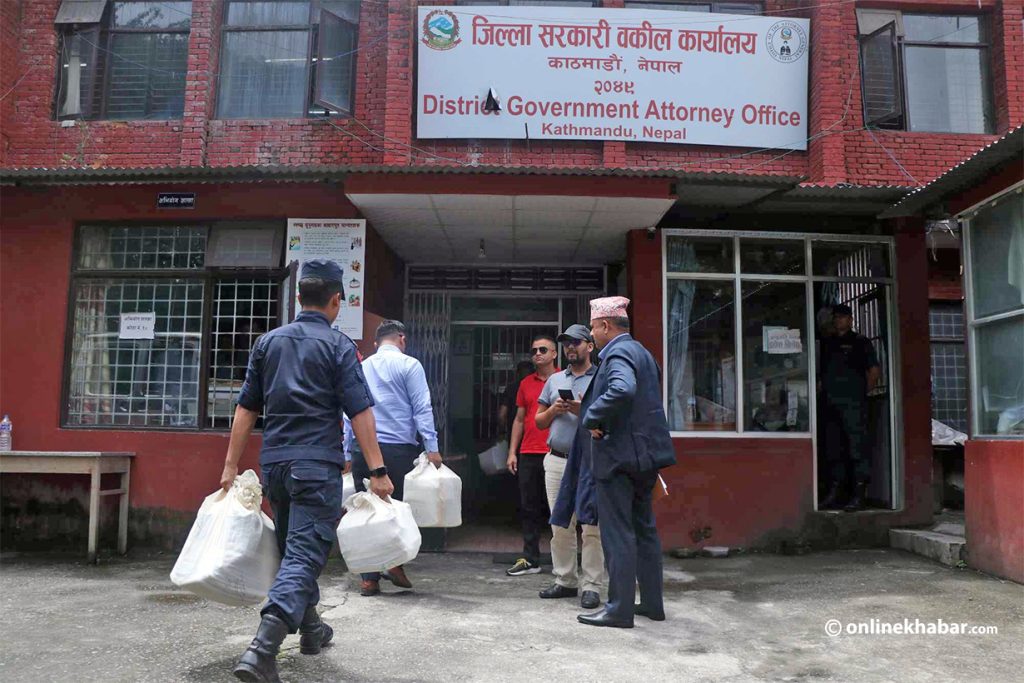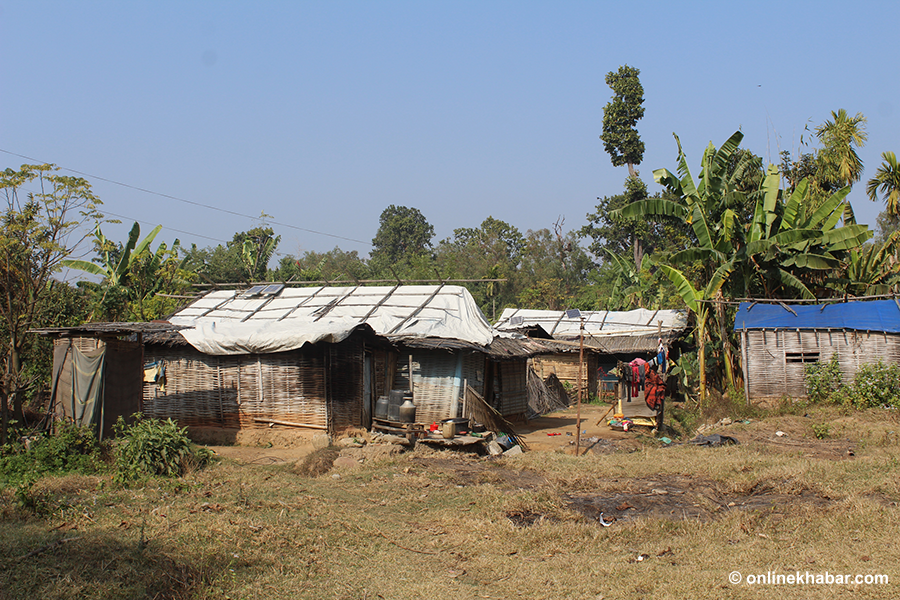
Many Nepali politicians and bureaucrats are in a pickle at the moment. Police investigations found aides of major political leaders along with home secretaries have helped a gang rack up millions of rupees by sending Nepalis to the United States by claiming them as Bhutanese refugees.
Kathmandu Valley Crime Investigation Office on March 26 arrested Keshav Dulal, Sanu Bhandari and Tek Gurung for sending Nepalis to the US by claiming they were Bhutanese refugees. Three days later, the police also arrested Sagar Rai.
Based on their statements, the police arrested Indrajit Rai, security advisor to former home minister Ram Bahadur Thapa, and former home secretary Tek Narayan Pandey. They also arrested former energy minister Top Bahadur Rayamajhi’s son Sandeep Rayamajhi for his role in sending Nepalis abroad with fake documents.
Officials involved in the investigation of the fake Bhutanese refugee documentation case say that Pandey was found to have racked in millions by helping a gang send people to the US. According to the police, Pandey got into this trade through Dulal and Bhandari. Dulal was Sujata Koirala’s personal assistant during her time as the country’s foreign minister.
Since the fake Bhutanese refugee document case has involved high-profile names, it has been the talk of the town. But what is this case all about? How did the police find out about the involvement of such high-profile people? And who else is involved?
Onlinekhabar answers all these questions in this explainer about the fake Bhutanese refugee case.
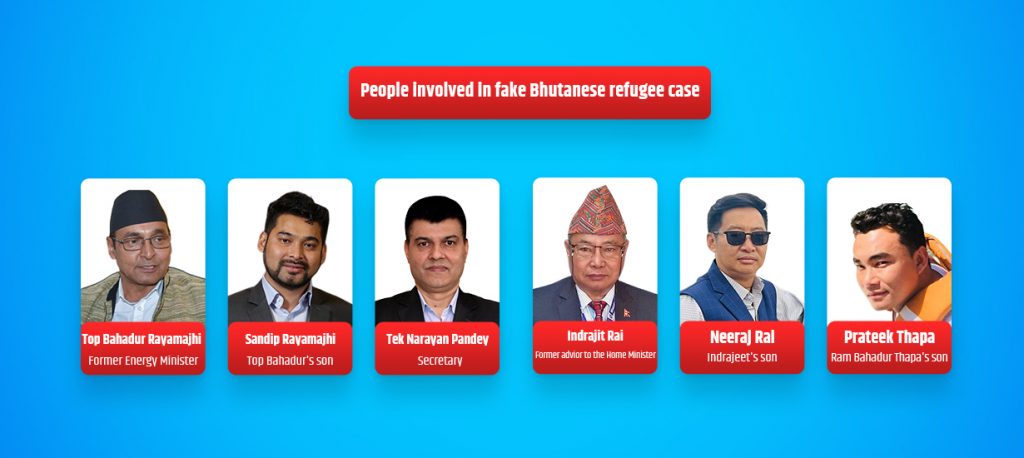
What is the case of fake Bhutanese refugees?
In 1990, people who fled from Bhutan entered Nepal through India and settled in Jhapa and Morang. According to government data, before they were relocated to another country, the number of Bhutanese refugees in Nepal was roughly 120,000.
By 2018, as many as 113,307 people had resettled in a third country. Now, 6,577 people registered as Bhutanese refugees are still in refugee camps in Nepal.
The office of the United Nations High Commissioner for Refugees in Damak, which had been assisting refugees, has shut down since 2020. The World Food Programme (WFP), which has been providing cash and food support since December 30, 2018, has also stopped providing cash and food support.
However, in the meantime, the government led by KP Sharma Oli on July 14, 2019, decided to form a task force under the coordination of Bal Krishna Panthi, the then joint secretary of the Ministry of Home Affairs, to study and gather more evidence about those who were left out of the refugee registration process due to various reasons.
After the formation of the task force, the members of a gang in Jhapa, Morang, Sunsari, Dang, Gorkha, Baglung and other districts started taking money from Nepalis stating they would send them to the US by registering them as fake Bhutanese refugees.
The report of the task force has not been made public to date. However, it has been found that the gang has collected Rs 1 million to Rs 4 million from Nepalis promising them they would be classified as refugees, which would make it easier for them to go to the US.
How did this come out?
According to a UML leader in Jhapa, the members of the gang involved in preparing fake Bhutanese refugee documents became active after the formation of the task force under the leadership of Panthi.
Sagar Rai, who was arrested by the police, was the ward chair of Pathari Shanishchare-10. During the investigation, the police discovered that Rai was looking for people willing to pay money to get to the US as fake Bhutanese refugees.
“We have found they were looking for people willing to pay money to them for this. It was not just in Morang but in different places,” says Kathmandu Valley Crime Investigation Office chief Manoj KC. “We have received complaints from 145 people.”
According to the police, these people handed between Rs 1-5 million to the members of the gang. Some of them have told the police that they even sold their houses and paid the money to fulfil their American dream.
Despite repeated assurances, they did not get their refugee identity cards. Neither were they informed about the process itself.
According to the police, after the gang felt pressure from the victims, the gang members started to add names to the report that was being prepared by Panthi and started to distribute copies of it to the victims for their assurance.
“The report that has not been made public yet was in their access. There were two annexes added where names of missing refugees were added,” says an official involved in the fake Bhutanese refugee case investigation.
Police investigations have found names of Nepalis were added to the report in cahoots with the Home Ministry.
According to the sources, in the initial report prepared by the Panthi-led task force, it was recommended the Home Ministry give identity cards to 429 people who missed the verification.
However, according to police sources, the Ram Bahadur Thapa-led Home Ministry had written to the district administration offices of Jhapa and Morang asking for re-verification.
“The ministry told the chief district officers to re-verify the number of refugees. As a result, the number has changed time and again,” says an official involved in the investigation.
Following that, the fake Bhutanese refugees were shown their names on the refugee list. But the process to leave Nepal did not start, and they were worried and irked.
Why was it in limbo for these long years?

As the process to send them to the US did not start soon, the fake Bhutanese refugees came to know that they were cheated.
Then some of them filed complaints at the Commission for the Investigation of Abuse of Authority in November 2021. But their complaint was not registered.
This is when the people went to Kathmandu District Police Range, but it also did not investigate the case. The victims tried again and moved to the Valley Crime Investigation Office in March 2022. The office registered the complaint.
The complaint stated how Niraj Rai and his father Indrajit Rai, Home Minister Ram Bahadur Thapa’s advisor, along with other aides had taken Rs 56 million from various people claiming to send them to the US making them fake Bhutanese refugees.
Basant Bahadur Kunwar, the current IGP, was the chief of the Valley Crime Investigation Office and with his promotion pending, he did nothing as the investigation was kept in limbo.
Even when Nepali Congress leader Bal Krishna Khand was the home minister, the investigation did not proceed. Instead, it has been revealed that the then Home Secretary Tek Narayan Pandey was working with the gang.
“The investigation had started then and now we are just filing a case against the accused,” says KC.
However, according to the experts, the investigation of this case gained momentum after the home secretary Pandey was transferred.
“There was an instruction from the home minister to investigate this case seriously and things moved forward quickly,” says an official investigating the case.
Now, the District Police Range has started to investigate the case as an organised crime.
How many people were made fake Bhutanese refugees?
As of now, 20 complaints have been registered at the Valley Crime Investigation Office claiming they were defrauded of money with the promises of making them fake Bhutanese refugees. According to the office chief, Manoj KC, since there are many complainants in one complaint, the total number of victims is 145. The police also recovered fake Bhutanese refugee cards handed to them by the gang.
Officials say that fake identity cards were distributed in cahoots with the officials of the Ministry of Home Affairs. The police also examined the report initially drafted by Panthi but tampered with by the people issuing fake Bhutanese refugee documents.
“A fake annexe was added to the report and given to the victims,” says an officer involved in the investigation.
Who is the mastermind? How did the Home Ministry get involved?
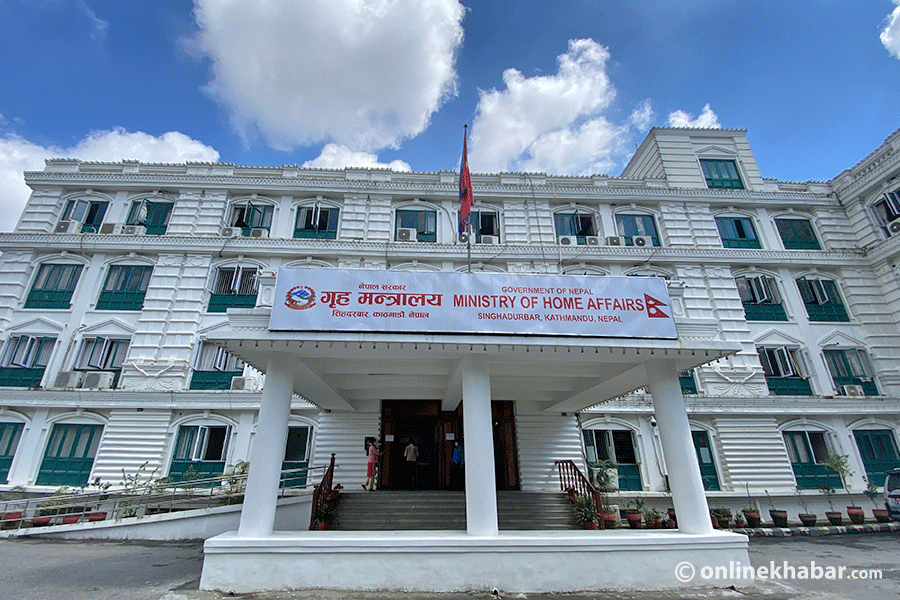
On March 26, the Valley Crime Investigation Office arrested Keshav Dulal, Sanu Bhandari and Tek Gurung on the charges of fraud. Three days later, Sagar Rai of Morang was also arrested.
Officials involved in the investigation say that Dulal and Bhandari, a businessman from Lalitpur, worked to set up arrangements with the home administration and political leadership.
When the task force was formed, Dulal and Bhandari convinced Pratik Thapa, the son of the then Home Minister Ram Bahadur Thapa, his security advisor Indrajit Rai and his son Niraj, then energy minister and current UML Secretary Top Bahadur Rayamajhi and his son Sandeep to be a part of this plan.
In the statement given by Dulal and Bhandari, it is mentioned that they have given around Rs 5.6 million to Indrajit Rai and his son Niraj for fake Bhutanese refugee documents.
Will other politicians and bureaucrats be dragged into this?
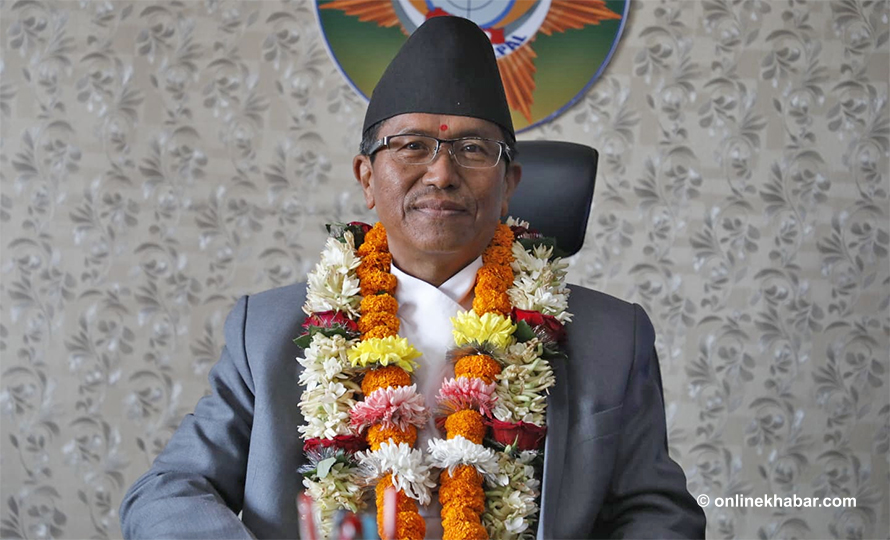
Ram Bahadur Thapa was the home minister when the Panthi-led task force was formed. At that time, his security advisor Indrajit Rai Rai, his son Pratik Thapa and others have been found to have helped the gang that collected over Rs 56 million from people claiming to send them to the US.
The Panthi-led task force submitted its report to the then Home Secretary Prem Kumar Rai who was in office from April 9, 2018, to February 3, 2020.
The victims told the police Prem Kumar Rai, the current CIAA chief, is also involved in the fake Bhutanese refugee case. After him, Maheshwar Neupane was the home secretary from February 4, 2020, to August 11, 2021.
After the government changed, Nepali Congress leader Bal Krishna Khand became the home minister and he replace Neupane with Tek Narayan Pandey.
This is when Keshav Dulal and his gang started to get in contact with Pandey and put forward their idea to send people to the US by making them fake Bhutanese refugees taking a significant sum of money.
Not only that, it has also been found that Pandey was paid a large sum by the group. While Pandey was cahooting with Dulal and his gang, victims were coming to meet him seeking justice.
According to the police officers, it has been revealed that a cheque of Rs 10 million was issued in the name of Top Bahadur Rayamajhi’s son Sandeep.
This story was translated from the original Nepali version and edited for clarity and length.


